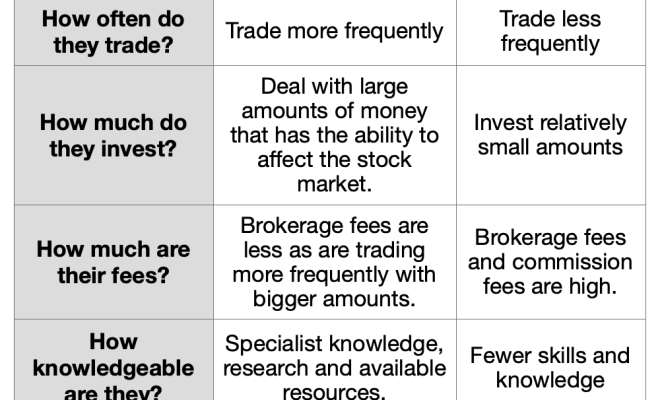What Is a Full-Size Car?

Introduction:
In the world of automobiles, various terms are thrown around to describe the size and class of a car. One such term that is often used is “full-size car.” But what exactly does it mean when a car is considered full-size? In this article, we will explore the defining characteristics of a full-size car.
Defining a Full-Size Car:
A full-size car typically refers to a vehicle that offers more extensive interior space, comfort, and power compared to smaller vehicles such as compact or midsize cars. These cars usually have larger dimensions, including length, width, and height. They commonly feature roomy interiors with ample seating for five or more passengers along with expanded trunk capacity for luggage or cargo.
Historically, full-size cars were synonymous with large sedans boasting V8 engines and body-on-frame construction. While this has changed over time due to evolving industry trends and technological advancements, what remains consistent is the emphasis on spaciousness, comfort, and performance these vehicles provide.
Examples of Full-Size Cars:
Some popular examples of full-size cars include:
1. Chevrolet Impala
2. Ford Taurus
3. Toyota Avalon
4. Nissan Maxima
5. Chrysler 300
These models represent a variety of brands offering full-size vehicles, each with distinct features and performance capabilities.
Benefits of Full-Size Cars:
There are several reasons why someone might choose a full-size car over other vehicle types. Some benefits include:
1. Spaciousness: With more interior space for passengers and cargo, full-size cars provide unmatched comfort for long trips or daily commuting.
2. Performance: Due to their larger engines and increased horsepower capabilities, full-size vehicles often deliver better acceleration and handling compared to smaller cars.
3. Safety: The larger size of these vehicles can offer increased protection in collision scenarios.
4. Towing capacity: Full-size cars often have higher towing capacities than their smaller counterparts, making them suitable for hauling heavier loads or recreational equipment.
Drawbacks of Full-Size Cars:
Despite their benefits, full-size cars have some drawbacks as well:
1. Fuel efficiency: Larger engines translate to less fuel-efficient vehicles, resulting in higher fuel costs.
2. Maneuverability: The increased size and weight of full-size cars can make parking and navigating tighter spaces more challenging.
3. Price: Full-size vehicles are generally more expensive to purchase and maintain compared to smaller car classes.
Conclusion:
A full-size car offers a range of benefits such as increased interior space, comfort, performance capabilities, and safety features. However, they come with some drawbacks in terms of fuel efficiency, maneuverability, and pricing compared to smaller vehicles. Ultimately, the decision to choose a full-size car depends on individual needs, preferences, and lifestyle factors.






